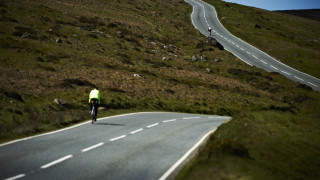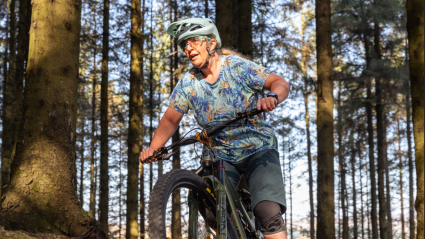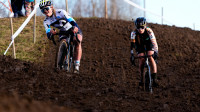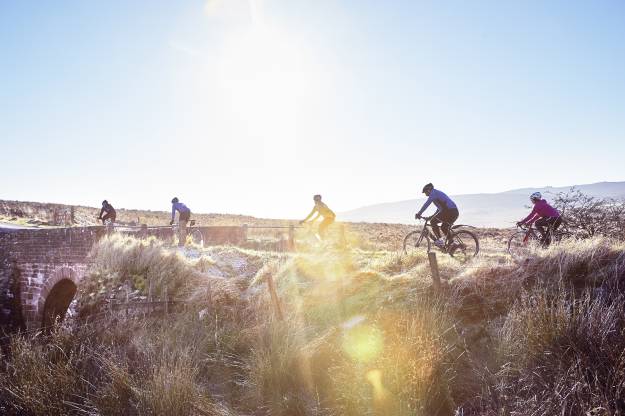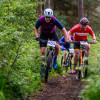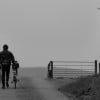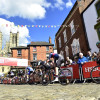Knowledge Level: Beginner
Although they may lack the spectacular views and iconic climbs of the mountains, rolling roads can still make for a tough day in the saddle. Follow these tips to ensure you get the best out of riding rolling roads.
Pacing
It’s very easy on rolling roads to push too hard without really being aware of it and then to struggle later on in the ride. With fresh legs, the temptation is to power over rises but each of these power spikes will accumulate some fatigue in your legs. Known as “burning matches”, each of these hard above threshold efforts, even if only 15-30 seconds long, will drain your energy resources. For long rides including rolling sections, try to ride evenly, keep your output constant and effectively “flatten” the road. This is fairly easy to accomplish if you’re using a power meter but can also be felt by pressure on the pedals and by avoiding heart rate spikes. In general, avoid powering up rises and then freewheeling down the other side. Back off going up to stay within your target zone and then maintain pedal pressure on the other side, unless you end up spinning out and then freewheeling may be more energy efficient.
Momentum
Keeping the pressure on the pedals on the downside of rolling roads will allow you to carry more speed into the next rise. Shift down smoothly as the road starts to rise again, maintaining your cadence and power output. Try to judge whether you’ll be able to ride the next rise without shifting chainring and whether its worth “burning a match” to avoid a momentum sapping shift mid-rise into the smaller ring. If you’re riding in a group, take your shifting cues from the riders ahead, especially if they’re local and know the roads.
Watch the wind
On open rolling roads, the wind is often a significant factor. In strong headwinds, sharing the workload in a group will make the riding far easier but for your pulls on the front or if you do find yourself on your own, holding a good aerodynamic ride position is essential.
Get low and stretched out by either riding on your drops on in a “sphinx position” with your hands hooked over the hoods. If you struggle to hold these positions for extended periods, work on them in training and build up gradually. Also, you might want to consider factoring some daily mobility work into your training as poor hamstring flexibility especially is a limiting factor for being able to hold aerodynamic positions.
Once low, focus on keeping your upper body strong but relaxed. Minimise movement of your head and upper body, as any rocking or swaying will increase the size of the profile you’re presenting to the wind. Keep your elbows in and try to consciously think about keeping yourself as compact and still as possible. Drive strongly with your legs and try to work them slightly inwards and over your top tube, avoid pedalling with your knees sticking out to the sides which again will increase drag.
Strong crosswinds can present a unique challenge and, especially if you’re riding with experienced riders, echelons may form. This British Cycling Racesmart video gives some great advice for riding and racing in strong crosswinds.
Group skills
As on flat roads, riding in a group on rolling roads can save you considerable amounts of energy. However, along with the normal etiquette and skills that apply to group riding, there are a couple areas you need to pay particular attention to. If you come to a rise and stand out of the saddle to power up it, avoid letting your bike drop back. If someone is following your wheel, this could easily cause a crash. Try to take your bike with you as you stand and, if you’re following someone into a rise, back off slightly to give them some extra room. On the downside of any rises, be aware if you’re following another rider that their slipstream will mean you can easily pick up more speed than them. Try to avoid using your brakes, as that may cause problems behind you but instead, back off your pedalling or sit more upright to use your body as an air brake.

